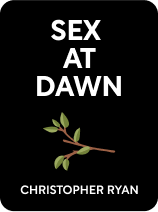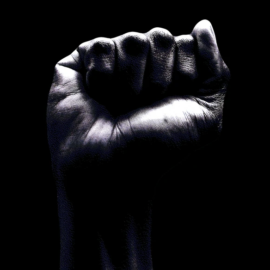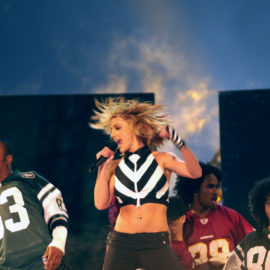

This article is an excerpt from the Shortform book guide to "Sex at Dawn" by Christopher Ryan and Cacilda Jethá. Shortform has the world's best summaries and analyses of books you should be reading.
Like this article? Sign up for a free trial here .
Are humans monogamous by nature? What does body-size dimorphism tell us about human sexuality?
In their book Sex at Dawn, authors Ryan and Jethá say that the small body size difference between men and women means that humans are meant to be polygamous. However, there are other interpretations of this data.
Keep reading to learn what body-size dimorphism between males and females tell us about human sexuality.
Evidence From Modern Human Biology
Are humans monogamous? Authors Ryan and Jethá don’t think so. The authors of Sex at Dawn use several aspects of modern human biology as evidence for their argument that prehistoric humans lived in promiscuous societies. These include body-size dimorphism, the size and shape of the human testicles and penis, and female copulatory vocalization.
Body-Size Dimorphism
Body-size dimorphism is the average difference in body size between males and females of the same species. According to the authors, the more males in a species have to compete over females, the bigger the body-size dimorphism. That’s because bigger males tend to win competitions for females and pass on their genes, so each generation of males gets a little bit bigger. On the other hand, when there’s no need to compete, the genes for body size remain equally distributed in the population, so each generation of males stays about the same size.
In humans, adult men tend to be, on average, 10% to 20% bigger than adult women. The authors believe that’s a relatively small difference compared to other species like gorillas, in which males can be up to 100% larger than females. They argue that the relatively small body-size dimorphism in humans is evidence that, for most of human history, there was little need for males to compete for females—otherwise, modern men would be much larger.
According to the authors, this lack of male social competition is indicative of a multimale-multifemale mating system, in which no one had exclusive sexual access to anyone else—no one was “taken”—so there were more potential partners available for sex at any given time. (To contrast, monogamous societies have slightly more male social competition, because there are a finite number of female partners available.)
| A Different Explanation for Body-Size Dimorphism While most scientists now agree with Ryan and Jethá’s interpretation of body size dimorphism, that was not always the case. For example, in 1986, paleontologist Martin Pickford proposed that body-size dimorphism arose because men and women have different energy demands. In Pickford’s view, pregnancy and lactation are so energy-intensive that women gradually evolved a smaller body size (smaller bodies require less energy to maintain basic functioning, so they can afford to divert more energy to having children). Men, on the other hand, don’t have to devote energy to pregnancy, so they can afford to spend all their energy maintaining a larger body. To support this argument, Pickford cites the fact that the combined weight of an average woman and her infant child is close to the weight of an average man, which implies that the combined energy needs of mother and child would be about equal to a man. Overall, this explanation for body-size dimorphism has a unique consequence. While scientists like Ryan and Jethá believe that male competition for mates causes body-size dimorphism, Pickford believes such competition is the result of the body-size dimorphism that arose from men and women’s differing energy needs: in other words, that males only started to fight for females shortly after and because they evolved to be bigger, rather than evolving to be bigger because they needed to fight. If Pickford’s argument is correct, it would mean that male social competition for mates (and the associated monogamous mating system) began at least four million years ago, shortly after men and women first evolved to have different average body sizes. This would undermine Ryan and Jethá’s argument that humans have only been competing for mates since the advent of agriculture (around 10,000 years ago) and lived in more peaceful polyamory until then. |

———End of Preview———
Like what you just read? Read the rest of the world's best book summary and analysis of Christopher Ryan and Cacilda Jethá's "Sex at Dawn" at Shortform .
Here's what you'll find in our full Sex at Dawn summary :
- Why everything we think we know about prehistoric human sexuality is wrong
- Why so many marriages end in divorce
- How humans are designed to be polygamous






